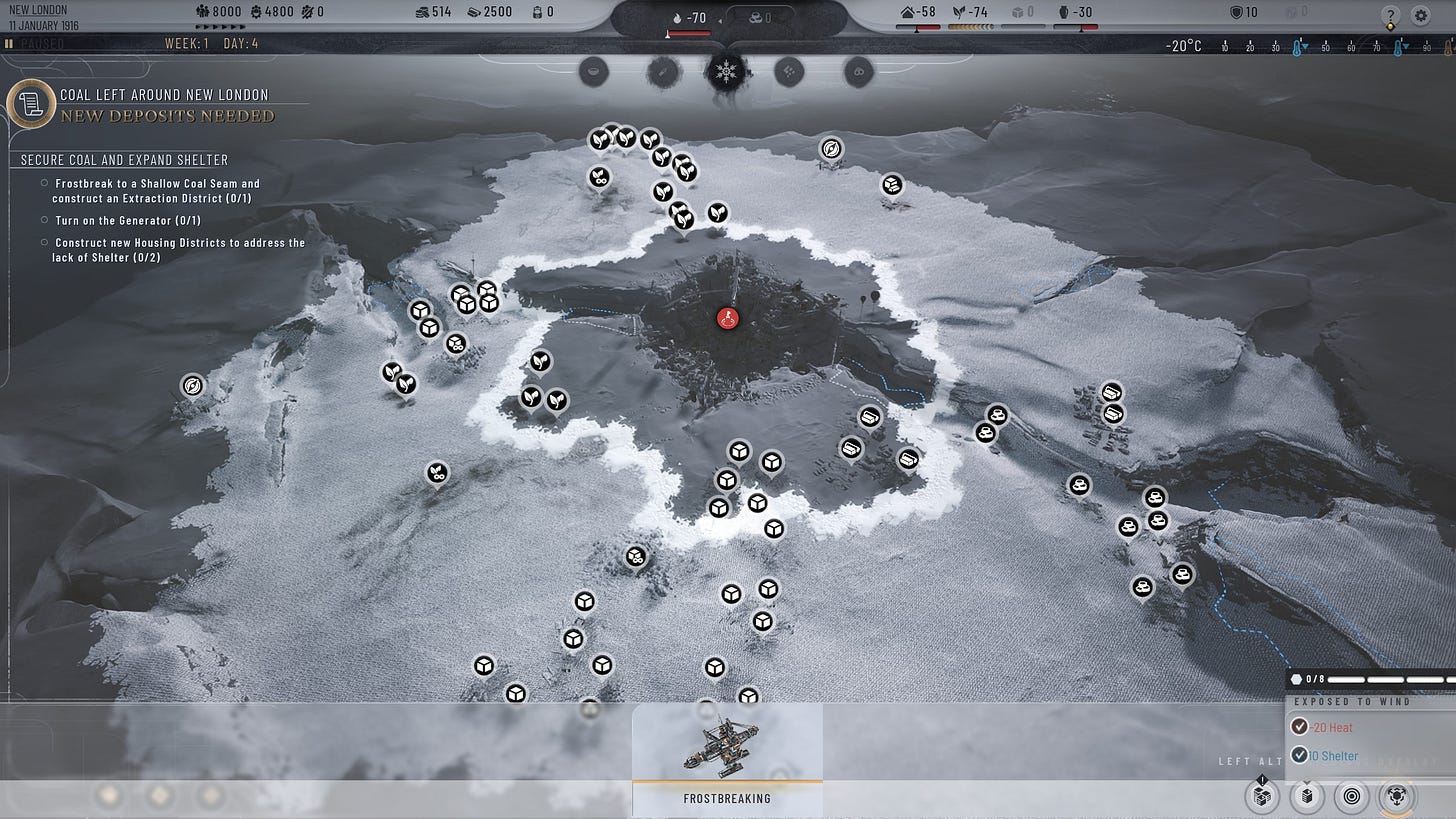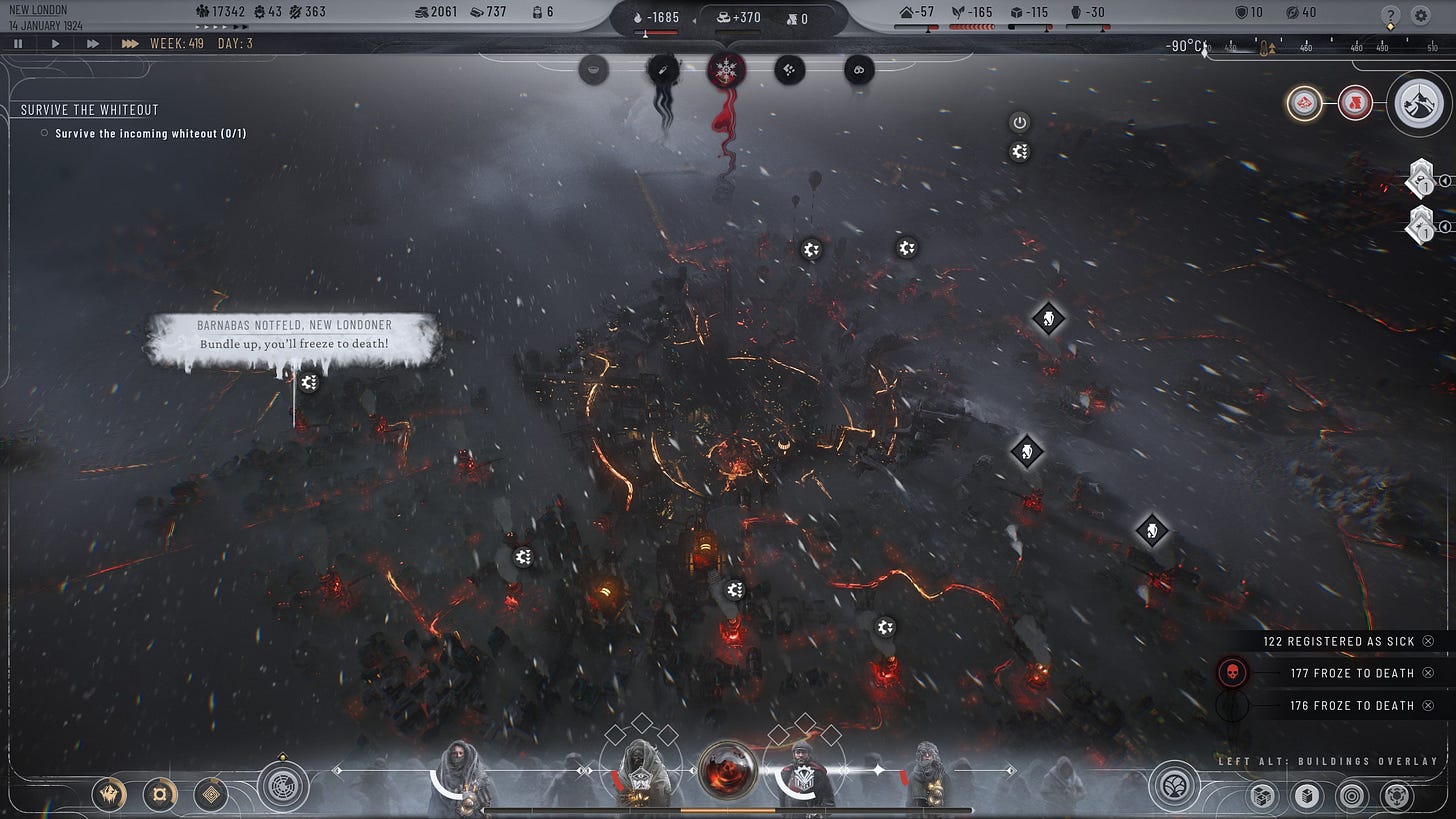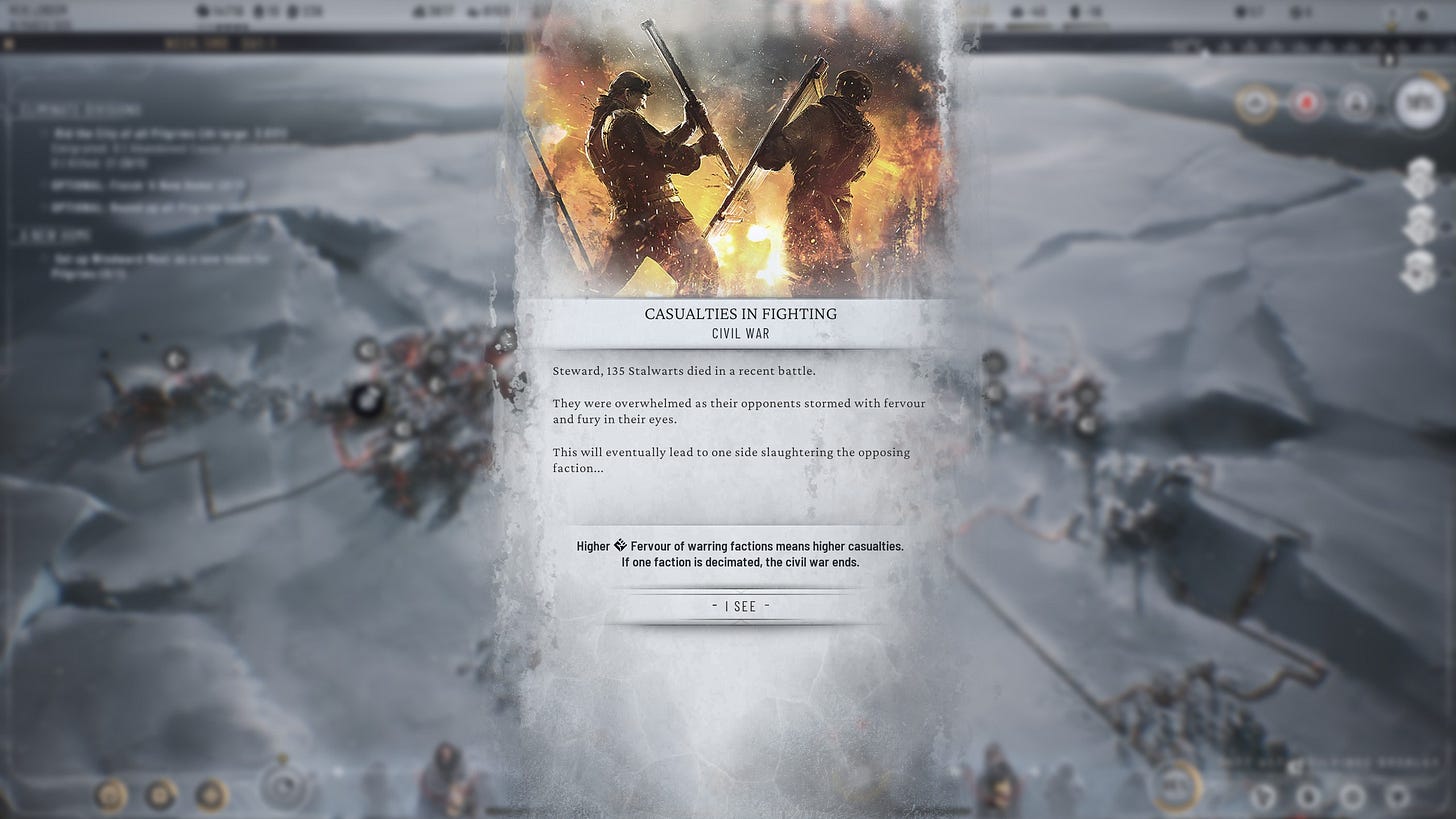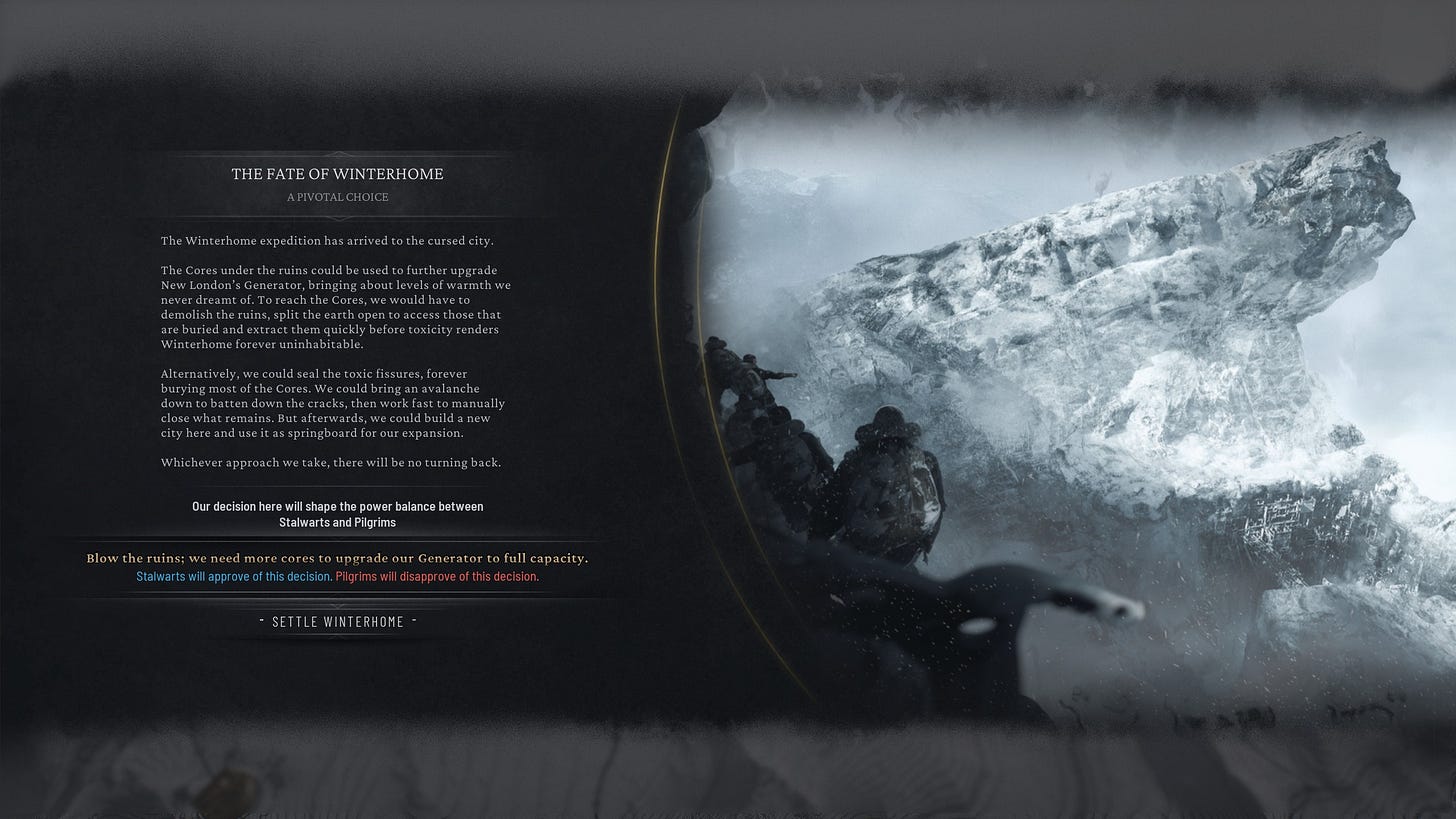Frostpunk 2 — Ice Challenge
Review
Frostpunk was probably the most tense survival game I have ever reviewed under time constraints. It was for a small website, and we had to hit embargo. I needed all the cold blood I could muster to make it through to the ending, even on the easiest difficulty. It was no different with my review of Frostpunk 2, which I started playing just four days ago. I completed the main storyline in about 18 hours, and I am now deep into the Utopia Builder mode while planning a harder run of the Story mode.
I’m usually skeptical of sequels for strategy games; they tend to only vaguely improve on the game mechanics, or to make them virtually the same game with maybe better graphics and a few more bells and whistles. Frostpunk 2 feels instead like a complete remake of the game mechanics and an expansion of its worldbuilding, though not without some rough spots in terms of user experience and a cluttered UI scheme.
The symmetrical circular design of Frostpunk has been retired for a sprawling, dynamic, free-form hex city-builder. This will be a welcome innovation to those who, like me, tend to get hung up on symmetrical buildings and schemes, even when it gets in the way of more effective gameplay. Frostpunk 2 embraces the disorderly, the sprawling and spreading of settlements, ideologies, and the clashes of factions.
Frostbreakers First
The tutorial level is a good way to introduce the new mechanic of frostbreaking, which adds a more game-y quality to the level exploration. The hex format mechanic grounds the gameplay in a more realistic sense of the engineering complexities of perpetually low temperatures. The frozen ground must be broken before you can build, which takes some workforce, and it will often define how your city grows.
The evolution of single buildings to cluttered districts also makes sense in this design. It allows better planning to separate housing districts from industrial and extraction districts, avoiding the rising of Squalor, which impacts the quality of living in the city. Some buildings and extraction types increase Squalor more than others, and some factions prefer them over others.
Asymmetrical Sprawl
I like how the game has been designed for a less OCD approach to city-building where symmetry doesn’t matter, but it can be frustrating to work through several alerts in the UI. As the time goes by, you get more announcements which are superimposed over the screen even when there is already a UI interaction pop-up on top. It made the experience of working through issues a bit annoying.
One thing that consistently annoyed me was that I couldn’t turn off the autosave, which would often freeze the game for a few seconds. Sometimes it happened in the middle of the most tense gameplay moments. The version I played didn’t include Quicksave and Quickload, so I was stuck with Autosave and manual saves. The final release version will include Quicksave/Quickload, according to the review notes.
Faction Friction
The transition from Captain to Steward gives room to all the shenanigans of party politics. Try to please everybody and you will go insane. In my first run, I tried like an idiot to please all the factions but ended up having to expel the Pilgrims as they were just acting like assholes because their laws were unpopular. Now, I would try to play one against the other; they will keep bitching no matter what I do.
The Legacy of New London is a consistent campaign, with plenty of difficult spots. Tensions at a catastrophic level and low trust will cause your people to keep deposing you from the Steward role if you don’t learn to address their wants and needs. Once you learn how to play their buttons and avoid their antics, it’s easy enough to survive, though not without many casualties.
Rough Spots
I had one crash in the Story mode, but otherwise the game runs solid, though the Autosave feature often freezes all input for a few seconds, as already mentioned. I also noticed some placeholder text in some parts, but the version I played was consistently playable and engaging, and I was able to understand all mechanics and their details. The graphic details are carefully designed so that the worldbuilding makes sense.
The Utopia Builder mode will take longer to explore, but it was enough to see how it will add more replay value to the game, and how it will be a popular mode with existing fans of the series. There is also plenty of replay value in the difficulty modes, though I am not masochistic enough to play harder modes when there might still be some bugs and issues in the release version; best to hold on for some patches.
Winter Homelands
Frostpunk 2 surpasses the original title in many ways, as a more mechanically complex and challenging survival city-builder with broader possibilities of exploration and faction engagement. Factions are layered and designed to have compelling conflicts that push the story forward. The gameplay is fluid and engaging, even when you get frustrated with the challenges and the complexity of city management.
11 bit studios has become a powerful force in indie publishing and remains a consistently competent developer with a solid lineup of titles and series. Frostpunk 2 will cement their reputation as one of the most original and thoughtful indie developers in the survival genre. In order to survive the ravages and hailstorms of volcanic winter, you will have to harness the indomitable summer of the human will.
Disclosure: Frostpunk 2 was reviewed on PC with a Steam key provided by the developer over the course of 25 hours of play time. All screenshots attached were captured during the review process.
Rating: 9.0 / Essential.
The Good
New mechanics and design;
More depth in gameplay;
Wider scope and range of settlements;
Engaging factions and choices;
New mode for replay value.
The Bad
Nagging UI issues.
Gallery



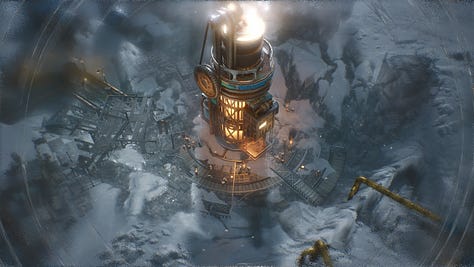

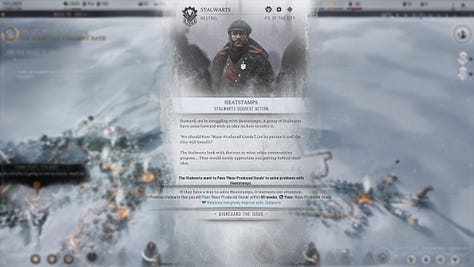

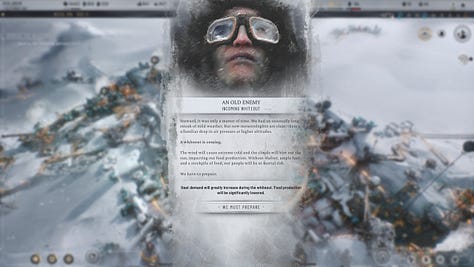

Frostpunk 2 will release on Sep. 20 on Steam, GOG, Epic Games Store, Xbox, and PlayStation. More information on the official website.



